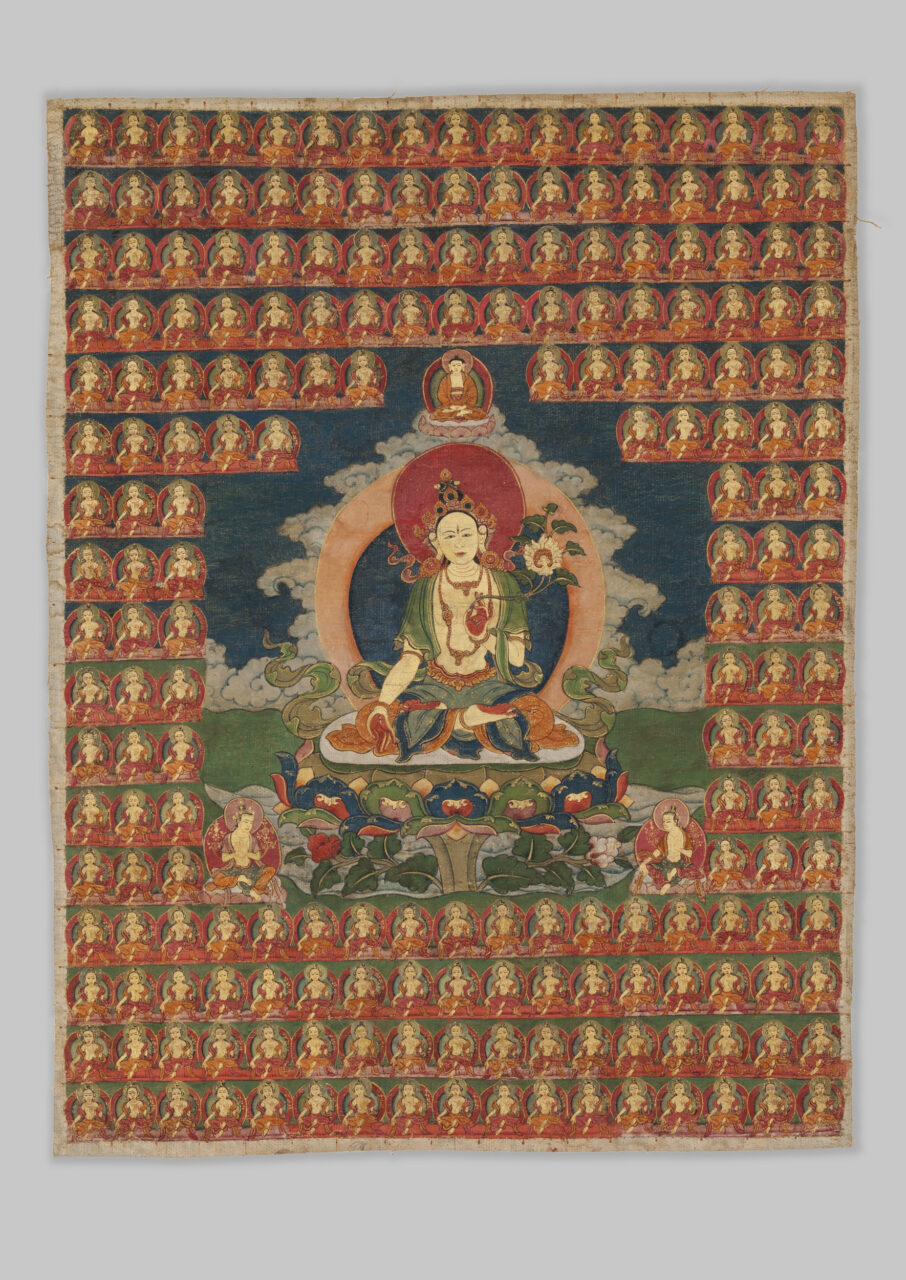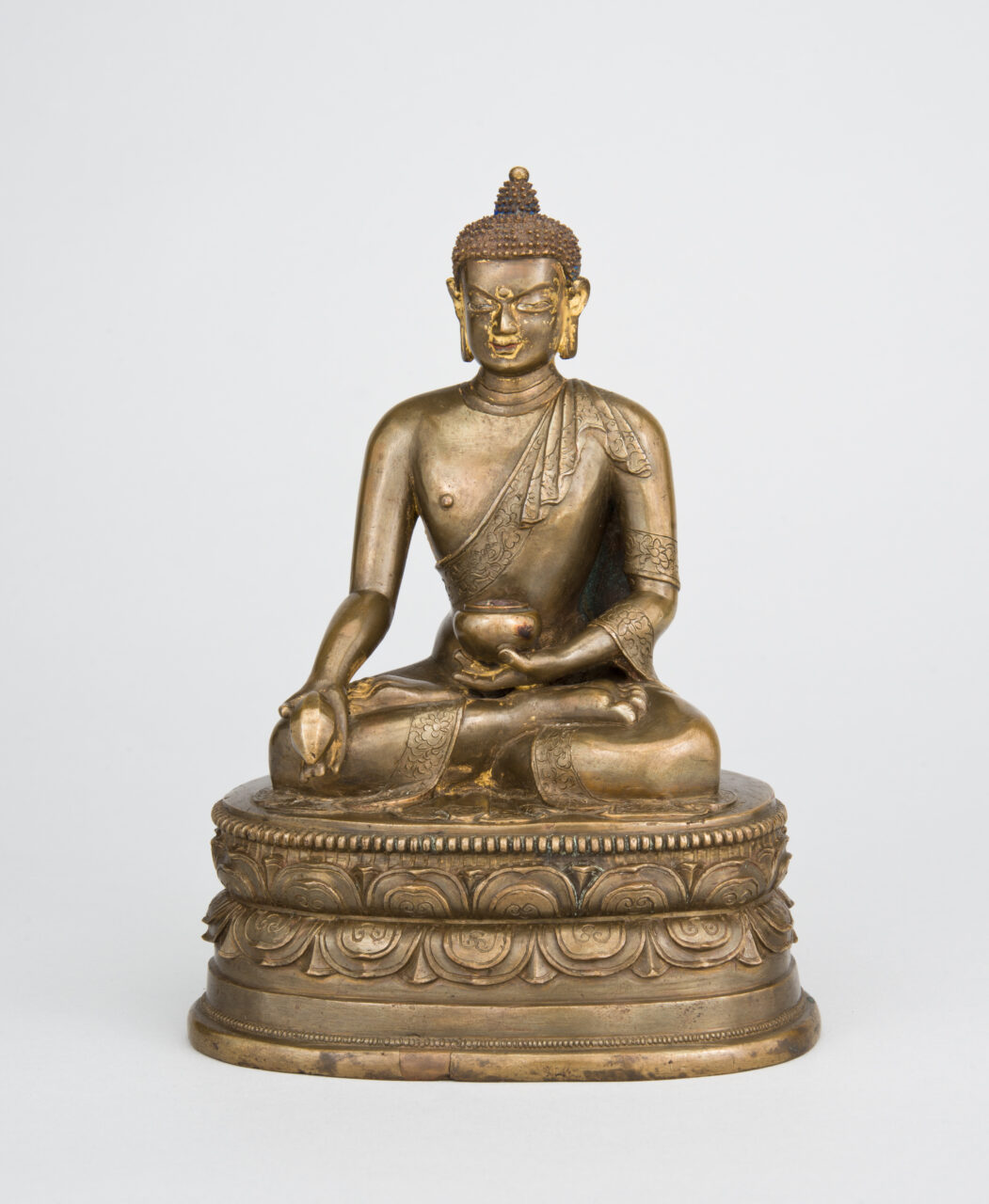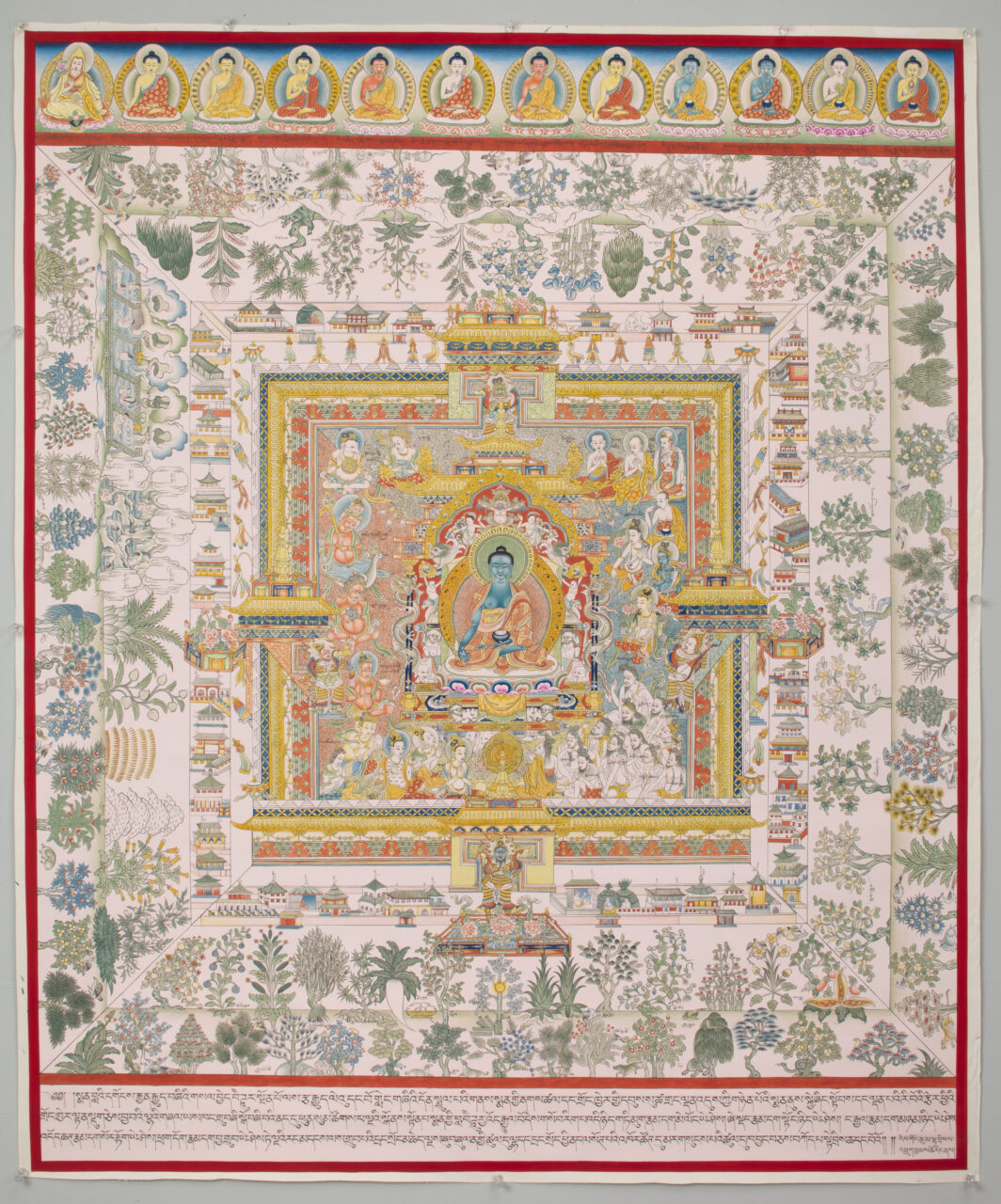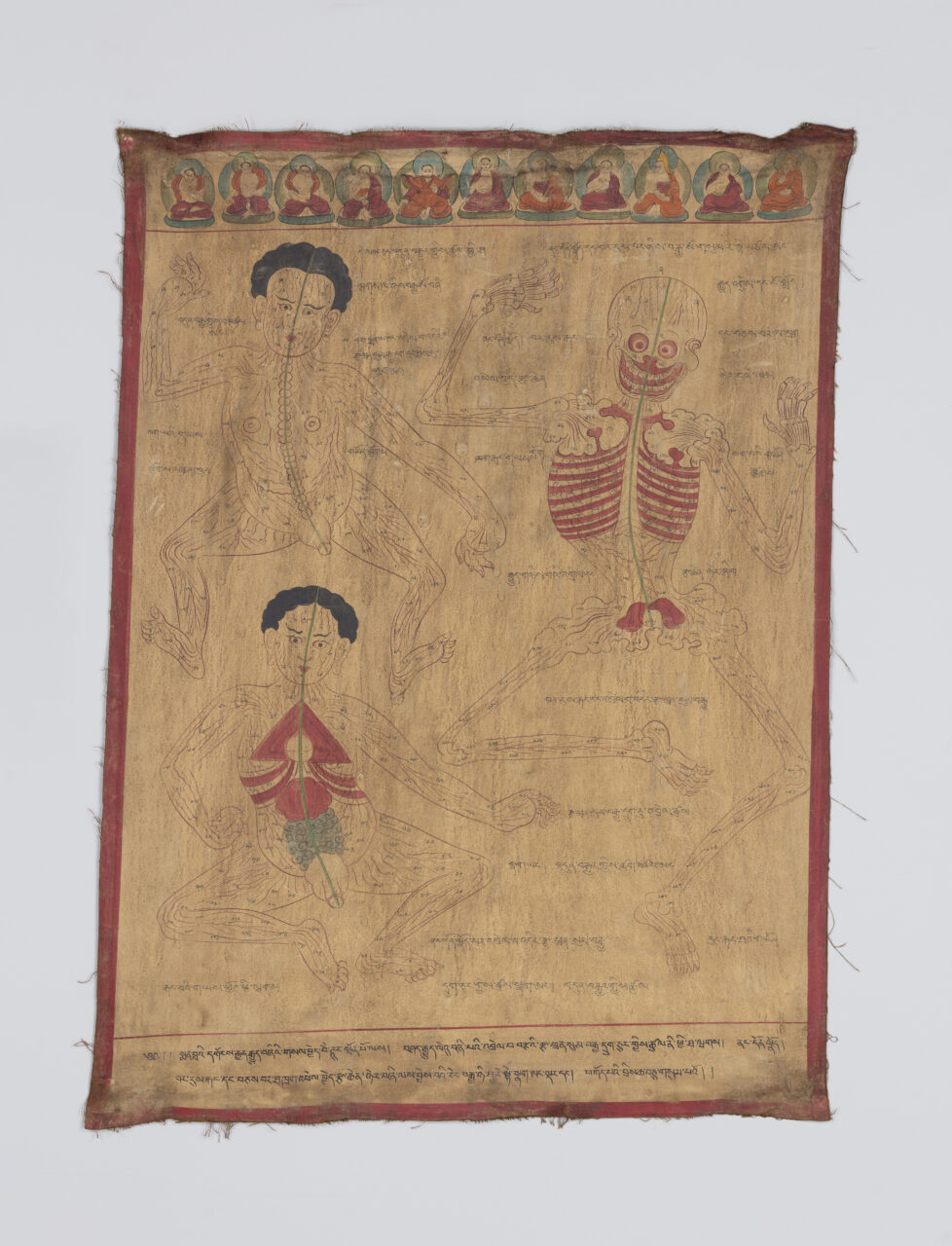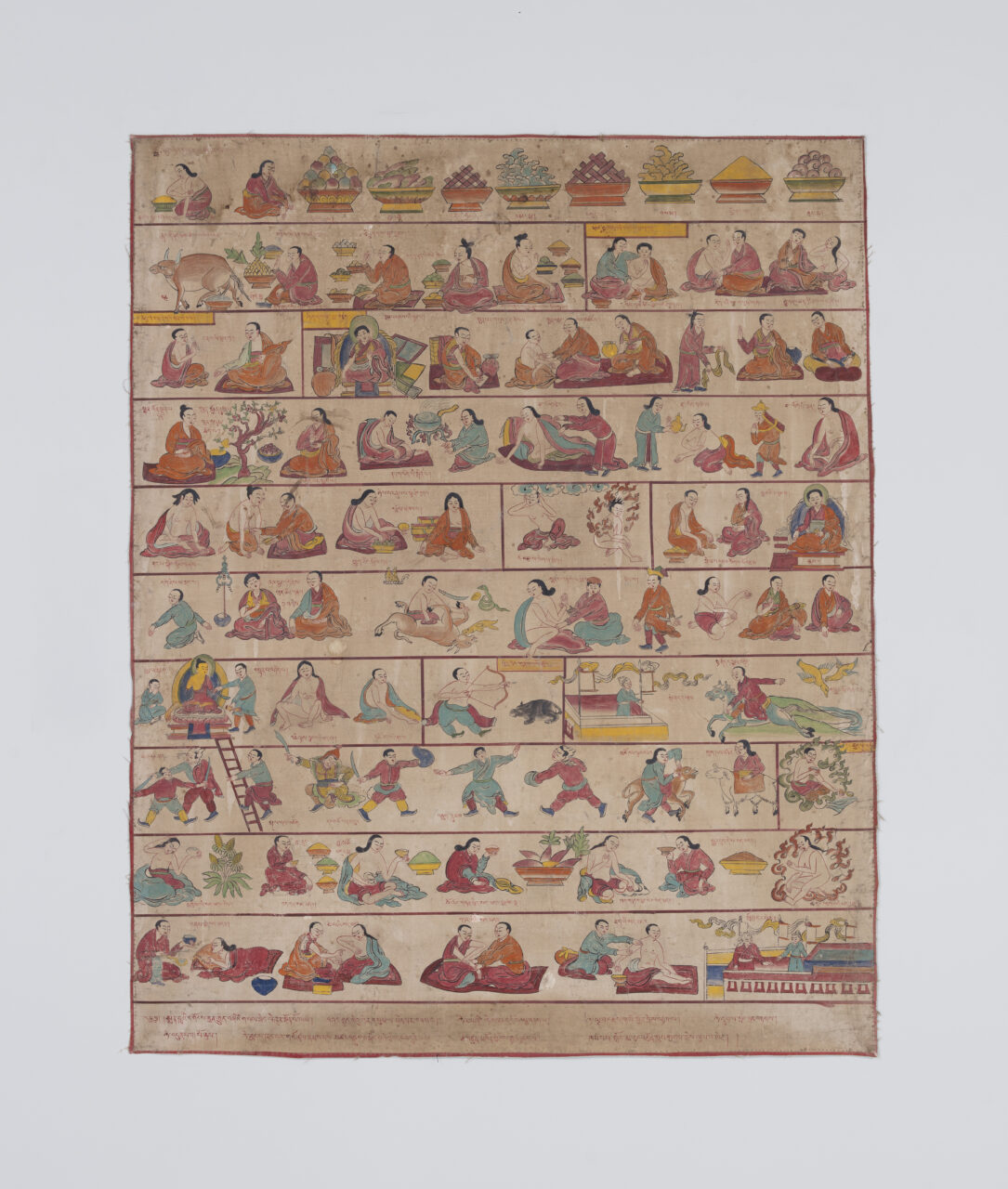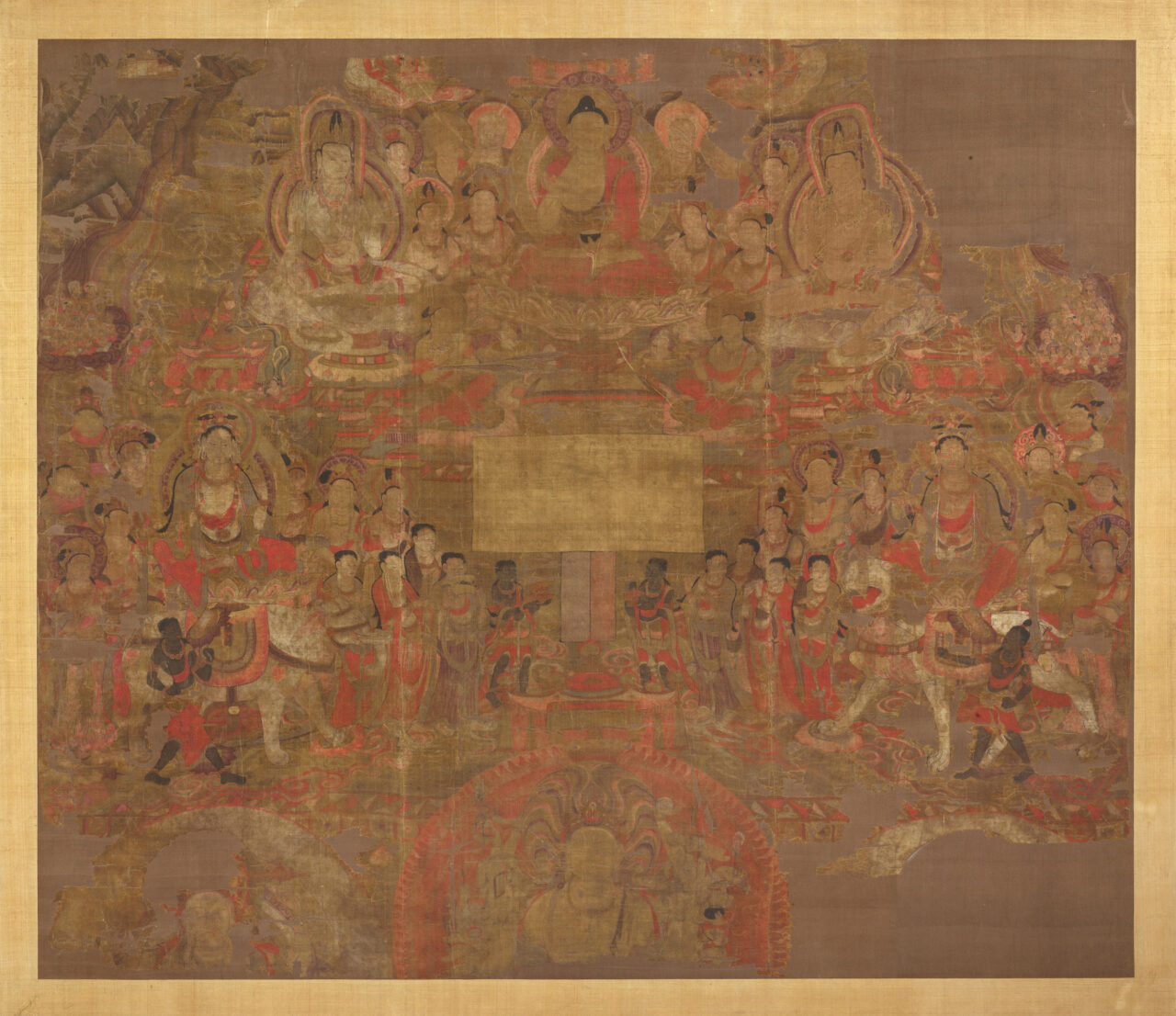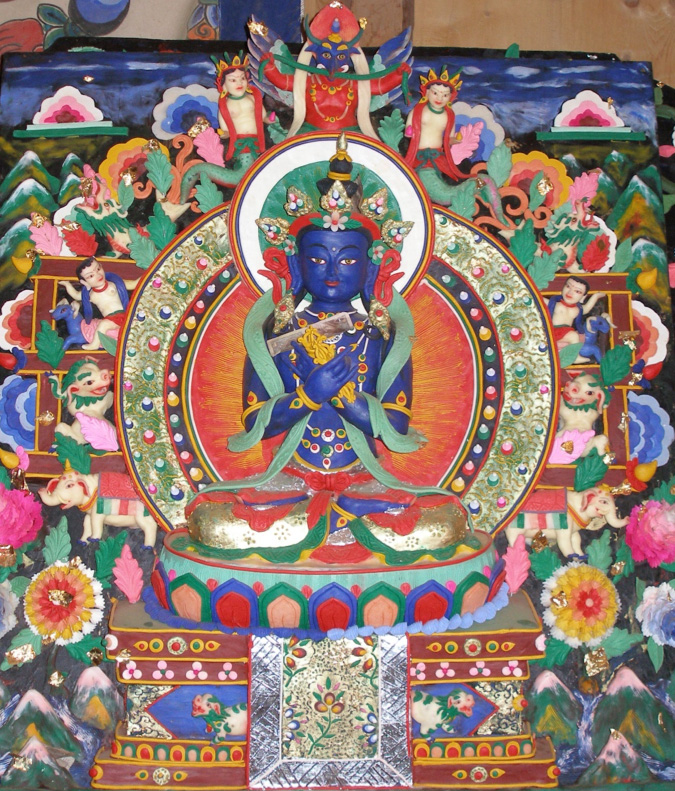Sienna R. Craig
Professor, Department of Anthropology
Dartmouth College
Across time and space, humans share the fact that we live embodied lives, ones in which we strive to maintain our physical, mental, and spiritual health. At the same time, the realities of illness and its attendant forms of human suffering, in turn, shape our lived experiences. Buddhism is premised on the reality of embodied suffering, and the understanding that the three poisons of ignorance, hatred, and desire are, at one level, the roots of our afflictions.
Beyond, but inclusive of, Buddhist approaches to understanding that which makes us unwell and offering a path toward greater wellbeing, the Himalayas and Tibetan Plateau are home to rich medical traditions. These practices of disease etiology, diagnosis, and treatment are at once grounded in textual sources that are concomitant with the spread of Buddhism across the region; emergent from a pharmacology that reflects histories of trans-Himalayan trade and knowledge exchange; and tied to particular social ecologies, family lineages, and medical institutions.
In the Himalayas, maintaining health and dispelling illness also occurs within and between the domains we might understand as “religion” and “science.” Approaches to healing include empirical examination of symptoms and the use of powerful materia medica to create medicines but also ritual practices that endeavor to address the root causes of illness, whether physical, emotional, social, or cosmo-spiritual, or to protect against sickness and promote longevity. Approaches to healing in the Himalayas also include an integrated practice of astrology.
Critical Questions Permalink
- How does culture shape the practices and principles of medicine?
- What is Tibetan medicine and how does it relate to Tibetan Buddhism?
- What does it mean to be “healthy” from a Himalayan / Tibetan Buddhist perspective?
- How are symbols of healing and practices of medicine represented in Himalayan art?
Sample Assignments Permalink
Sample 1
Spend some time looking at one of the Medicine Buddha images. Make some notes about what you see, perhaps in comparison to other images of the Buddha you have seen in the exhibition. What do you notice about the image? What questions do you have about the image? After taking in the image, set a timer for seven minutes and do a free-write, responding to the following prompt:
Write about a moment when healing occurred or when illness was overcome.
Depending on time available, students can share out their writing or discuss what they wrote. This can lead into a conversation about the ways that cultural frameworks shape the expectations we carry into moments when we feel vulnerable, particularly in the face of ill-health.
Sample 2
Have students work in small groups (of 3–4) with the medical thangka focused on prophylactics, diagnostics, and therapeutic principles. First, have students identify the different sections of the thangka. (If possible, make a digital image of this painting that they can zoom in on available.) What images within the painting correspond to these three elements of the practice of medicine? Ask students to consider how they know this information. What human interactions or representations in these paintings signal prophylactic practices aimed at maintaining health or warding off illness? How do they “see” diagnostics occurring in the thangka? What therapeutic principles and approaches can they identify in the painting? Have groups report out on one image from each of these categories, describing what type of health care encounter they think is being represented in the images.
Next, ask students to consider their own experiences with these three aspects of (bio)medicine: forms of preventative care, interactions with health care providers around diagnostic practices, and dynamics of prescribing or applying therapies to help heal a disease or disorder. What needs to happen between a health care practitioner and a patient for these elements of medicine to promote health or healing? What material or technological expertise is necessary? What about the interpersonal dynamics between healer and patient? Encourage students to compare their own experiences with medicine and health care with the kinds of interactions they see occurring in the medical thangka.
Exhibition Permalink
This topic is largely supported by the exhibition’s sections 3.1 Living Practices: Ritual and 3.3 Living Practices: Secular Aims.
Object Essays Permalink
Several essays in the publication delve more deeply into specific art examples representing these subjects:
Medicine Buddha
Medical Painting
Astrology
Ritual Protection
Media Resources Permalink
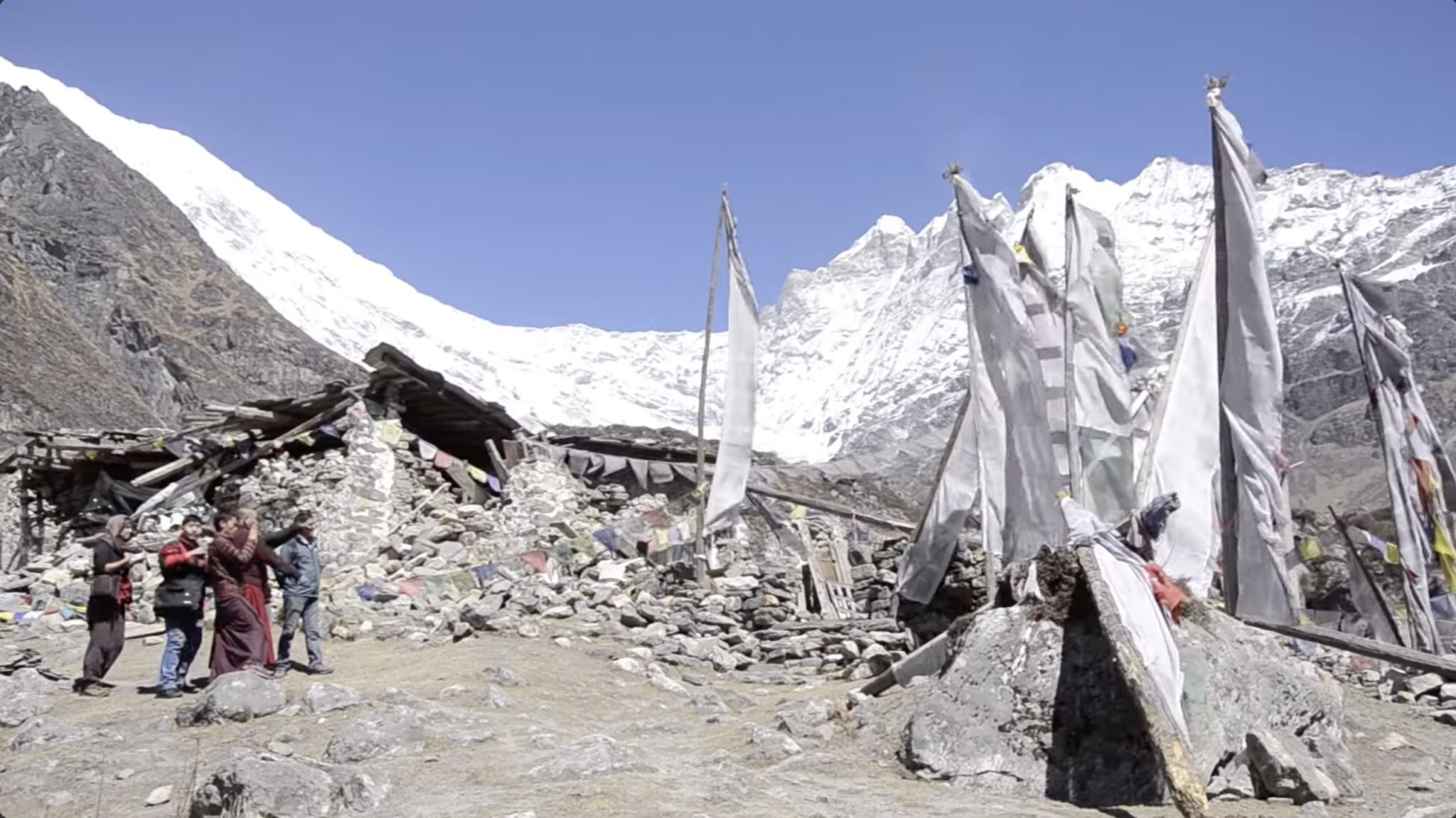
Jennifer Bradley, "Slow Medicine in Fast Times," YouTube, June 27, 2016, 16:31, https://www.youtube.com/watch?v=8wppxzZbccE.
The Rubin Museum of Art, "The Rubin Daily Offering Week2Ep3:Tibetan Medicine with Tawni Tidwell|The Tree of Health and Illness," April 14, 2020, 12:44, https://www.youtube.com/watch?v=Dyz_j8UeXzE.
The Rubin Museum of Art, "The Rubin Daily Offering Week2 Ep4 Tibetan Medicine with Tawni Tidwell:Balancing Toxins Through Diet," April 14, 2020, 6:49, https://www.youtube.com/watch?v=-FTEm6fkoHY.
The Rubin Museum of Art, "The Rubin Daily Offering Week 2 Ep5: Tibetan Medicine with Tawni Tidwell | With Spring Comes Change," April 14, 2020, 7:57, https://www.youtube.com/watch?v=0vVyg33rkVQ.
Further Resources Permalink
Rubin Museum of Art Web Resources
Questionnaire – Tibetan Medicine Questionnaire from the Bodies in Balance exhibition that can be printed out and filled out by students
Quiz – Are You Balanced?
Tour – The Art of Tibetan Medicine
Tour – Exhibition Audio Tour
Other Resources
Craig, Sienna. 2012. Healing Elements: Efficacy and the Social Ecologies of Tibetan Medicine. Berkeley: University of California Press.
Gerke, Barbara. 2021. Taming the Poisonous: Mercury, Toxicity, and Safety in Tibetan Medicine. Heidelberg: University of Heidelberg Press.
Gyatso, Janet. 2016. Being Human in a Buddhist World: An Intellectual History of Medicine in Early Modern Tibet. New York: Columbia University Press.
Hofer, Theresia. 2018. Medicine and Memory in Tibet: Amchi Physicians in an Age of Reform. Seattle: University of Washington Press.
Saxer, Martin. 2013. Manufacturing Tibetan Medicine: The Creation of an Industry and the Moral Economy of Tibetanness. New York and Oxford: Berghahn.
Glossary Terms Permalink
Eight Medicine Buddhas
The Eight Medicine Buddhas are an iconographic set of seven buddhas plus Shakyamuni, who are said to preside over healing and medicine in Tibetan Buddhism.
In Mahayana Buddhism, Bhaishajyaraja or Bhaishajyaguru is an important buddha who is associated with medicine and healing. Bhaishajyaguru is the teacher who expounds the Tibetan Medical tantras (Tib. Gyu Zhi), which traditional medical doctors memorize to learn the theory and practice of medical science.
Additional Keywords Permalink
- Amchi
- Tibetan medicine
- Health and illness
- Desi Sanggye Gyatso
- Medicinal plants / materia medica
- Mentsikhang
- Astrology
- Ritual protection
- Longevity/long life




